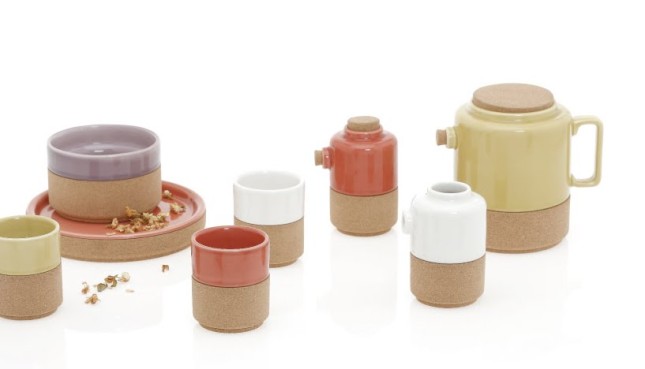“Platu” is not merely a beautiful object: it is directly linked to interpretation of the Mediterranean nutrition pattern, and thus to promotion of the intangible culture of the country. So, let’s tell the story!
Thanks to a recent transnational initiative, Portugal has just got its second inscription into the Representative List of the Intangible Cultural Heritage of Humanity: in 2013, the Mediterranean diet was added, based on the joint proposal, also including Cyprus, Croatia, Spain, Greece, Morroco, Italy. In the inscription document, the Mediterranean diet was defined as a “set of skills, knowledge, rituals, symbols and traditions concerning crops, harvesting, fishing, animal husbandry, conservation, processing, cooking, and particularly the sharing and consumption of food”. Every country that submitted and application has designated a representative municipality that best reflects contemporary presence of the Mediterranean nutrition tradition. For Portugal, the city of Tavira in Algarve has been selected (note to self: got to go there!)
“Platu” (2008, with recent update), a work of the Portuguese designer Miguel Pinto Félix, is dedicated to one of the pillars of the Mediterranean diet – the olive oil. It is the plate meant for the refined experience of olive oil tasting. The form resembles an olive tree and bears to mind fluidity of the oil. It is “an olive tree designed for olive oil”, explains the designer. This example shows how much vitality contemporary design can gain through connections to tradition and local inheritance.





